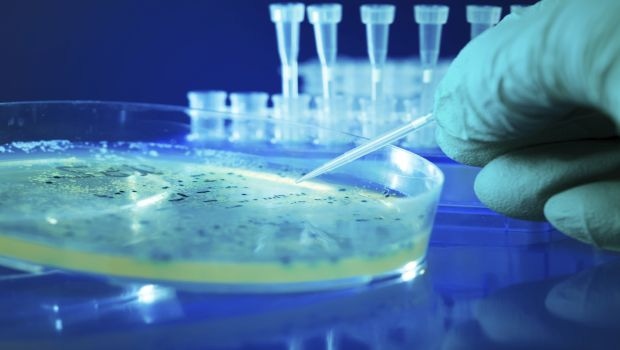E. coli has been identified as one of the major causative organisms of water and foodborne diseases, and many regulatory bodies and food and beverage manufacturers are increasing their focus on food safety, which will significantly impact the food-safety testing market. The global market for E. coli testing is expected to reach $2.1 billion by 2022, up from $1.2 billion in 2013, according to a new report from market research company Transparency Market Research.
June 25, 2015

E. coli has been identified as one of the major causative organisms of water and foodborne diseases, and many regulatory bodies and food and beverage manufacturers are increasing their focus on food safety, which will significantly impact the food-safety testing market. The global market for E. coli testing is expected to reach $2.1 billion by 2022, up from $1.2 billion in 2013, according to a new report from market research company Transparency Market Research.
The release of the report is timely considering Niagara Bottling’s recent recall of all spring water products produced at its Pennsylvania facilities between June 10 and 18, 2015, after discovering the water source was potentially compromised by E. coli. The recall involves 14 brands of bottled water including 7-Eleven, Acadia, Acme, Best Yet, Big Y, Morning Fresh, Nature’s Place, Niagara, Pricerite, Shaws, ShopRite, Superchill, Wegmans and Western Beef Blue.
In 2009, FDA adopted a policy wherein bottled water manufacturers must test their water source for potential contaminants such as E. coli. Currently, the bottled water industry accounts for a share of 19 percent of the total E. coli testing market and is projected to grow at a compound annual growth rate of 6 percent from 2014 to 2022 due to the adoption of the new government policy.
The global environmental testing market was valued at $103.63 million in 2013 and is expected to reach $175 million by 2022 due to increasing demand for faster and more accurate tests has led to the introduction of new test methods. Rapid test results and accuracy are the other factors that attributed to the higher preference for presence or absence (P/A) tests compared to the most probable number (MPN) tests. The global E. coli clinical testing segment is expected to grow at a CAGR of 6.65 percent between 2014 and 2022. Factors such as increasing prevalence of a number of food and water borne infectious diseases and growing demand for advanced bacterial diagnostic tests are the primary factors augmenting the market growth.
In 2011, a deadly E. coli O104:H4 outbreak sickened more than 1,100 in Europe and killed at least 15 people in Germany alone. Another 214 people developed acute kidney failure, or Hemolytic Uremic Syndrome (HUS), from the rare strain of the bacteria.
You May Also Like




.png?width=800&auto=webp&quality=80&disable=upscale)